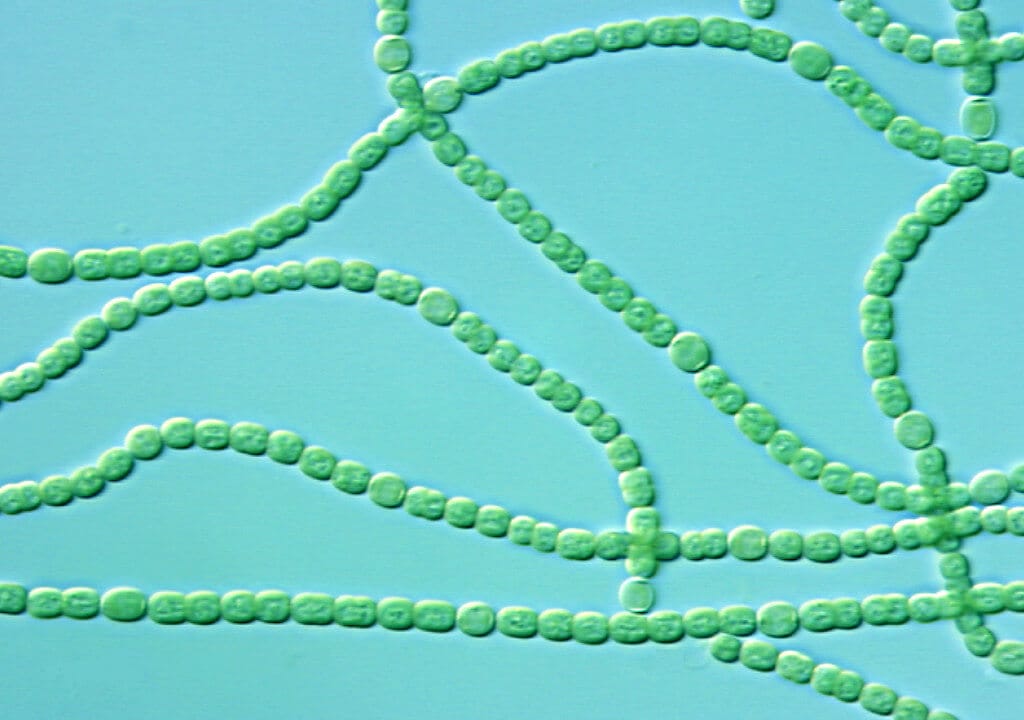Understanding CyanoBacteria Your Guide to Defeating Slime Algae!
Introduction to Cyano…
Understanding CyanoBacteria

Characteristics of CyanoBacteria
Role of CyanoBacteria in Ecosystems
Related Articles:
- 5 Ways to Say Goodbye to Slime Algae In Your Reef Aquarium
- Sand Sifting Starfish: The Ultimate Cleanup Crew for Your Pristine Reef Aquarium
- Zombie Snails: Nassarius The Unusual and Beneficial Clean-Up Crew for Your Reef Aquarium
Controlling and Preventing CyanoBacteria Blooms

1. Nutrient Management:
– Limiting the availability of nutrients such as nitrogen and phosphorus can help prevent cyano-bacteria blooms. This can be achieved through regular water testing and monitoring, as well as the use of nutrient-absorbing filter media and live plants in aquariums.
2. Water Circulation:
– Adequate water circulation is essential for maintaining oxygen levels and preventing stagnant conditions that favour the growth of cyano-bacteria. Installing a high-quality water pump or powerhead can help improve water circulation in aquariums, while in natural water bodies, strategies such as aeration and dredging may be necessary to promote water movement.
Related Article: Fast Or Slow? Your Guide To Water Flow!
3. Light Management:
– Cyano-bacteria thrive in low-light conditions, so reducing the intensity and duration of light exposure can help control their growth. This can be achieved by using a timer to regulate the lighting schedule in aquariums and shading natural water bodies with aquatic plants or floating covers.
4. Biological Control:
– Introducing natural predators or competitors of cyano-bacteria can help control their populations in aquariums and natural water bodies. For example, certain species of fish, snails, and shrimp feed on cyano-bacteria and can help keep their numbers in check when introduced into an ecosystem.
5. Chemical Treatments:
– In severe cases of cyanobacteria infestation, chemical treatments such as algaecides or antibiotics may be necessary to eradicate the algae. However, these treatments should be used as a last resort and with caution, as they can have harmful effects on other organisms in the ecosystem.
Conclusion
Cyanobacteria are fascinating organisms with important ecological roles, but their overgrowth can lead to the formation of unsightly and harmful slime algae blooms. By understanding the characteristics of cyanobacteria and implementing effective control strategies, aquarium enthusiasts and environmentalists can help prevent the spread of these dreaded algae and maintain the health and beauty of aquatic ecosystems for future generations to enjoy. With proper nutrient management, water circulation, light management, biological control, and, if necessary, chemical treatments, cyano-bacteria blooms can be controlled and prevented, allowing aquatic ecosystems to thrive.








